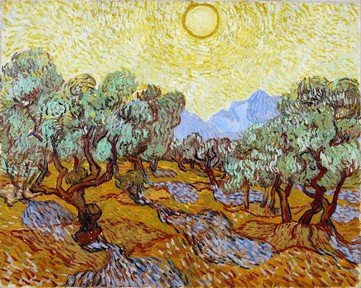Quiz Answer Key and Fun Facts
1. 'The Hunt in the Forest' depicts a hunting party setting off into a seemingly endless forest, an early example of perspective in Renaissance art. It was the artist's last painting before his death in 1475. Who was he?
2. Now thought to be only one quarter of a larger work, 'Hunting on the Lagoon' shows four boats of men attempting to hunt fish using cormorants. Which meaty Italian artist painted this piece?
3. One of a cycle of works depicting different times of year, 'The Hunters in the Snow' features mountains that would certainly not have been present in the artist's Flemish homeland. Who created this painting?
4. Mythology has inspired a number of works of art in which hunting is the focus. Which Baroque artist eschewed the fleshy female nudes for which he is best known when depicting Meleager in 'The Calydonian Boar Hunt'?
5. Not all artists enjoy the thrill of the hunt, some prefer to exercise their skills by painting the spoils once they've been hung up in the pantry. Which Dutch master of the still life painted 'The White Peacock' and 'Landscape with Huntsman and Dead Game'?
6. 'Rabbit and Copper Pot' is a still life painted in 1735 in which a rabbit hangs by a cooking pot ready to make a meal. Which French artist, who also painted 'The Ray' and 'The Silver Goblet', created this work?
7. Housed in the Prado in Madrid and painted in 1775, 'The Quail Shoot' is a large canvas in which there are many dogs and only a single quail. Which artist, perhaps better known for his darker works, created this canvas?
8. 'Sioux Indians Hunting Buffalo' and 'Hunting Buffalo Camouflaged with Wolf Skins' are just two of this artist's works depicting the hunting traditions of Native Americans. Who is this painter, the first white person to depict the indigenous people of the Great Plains in their own lands?
9. Strongly influenced by the Rubens painting of the same, which French artist painted 'Lion Hunt' in 1861?
10. 'The Fox Hunt' shows the plight of a fox foraging for food in deep snow while a pair of crows circle ominously overhead. Which American artist painted this work in his studio at Prouts Neck, Maine?
Source: Author
pagea
This quiz was reviewed by FunTrivia editor
looney_tunes before going online.
Any errors found in FunTrivia content are routinely corrected through our feedback system.
